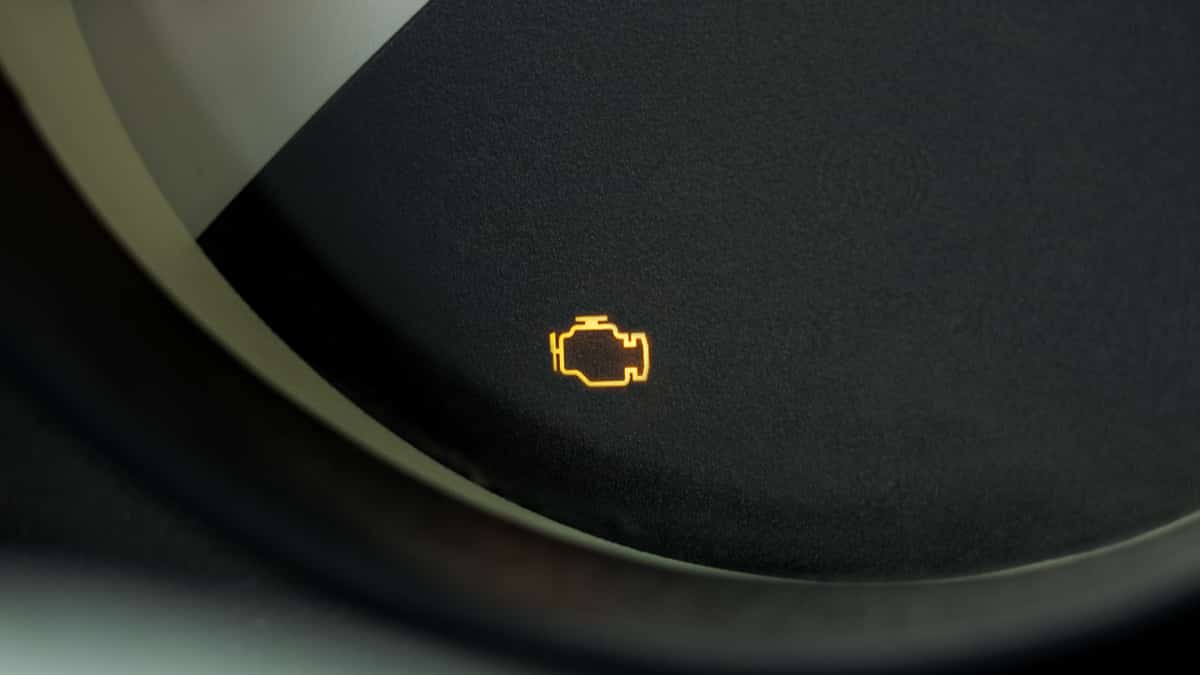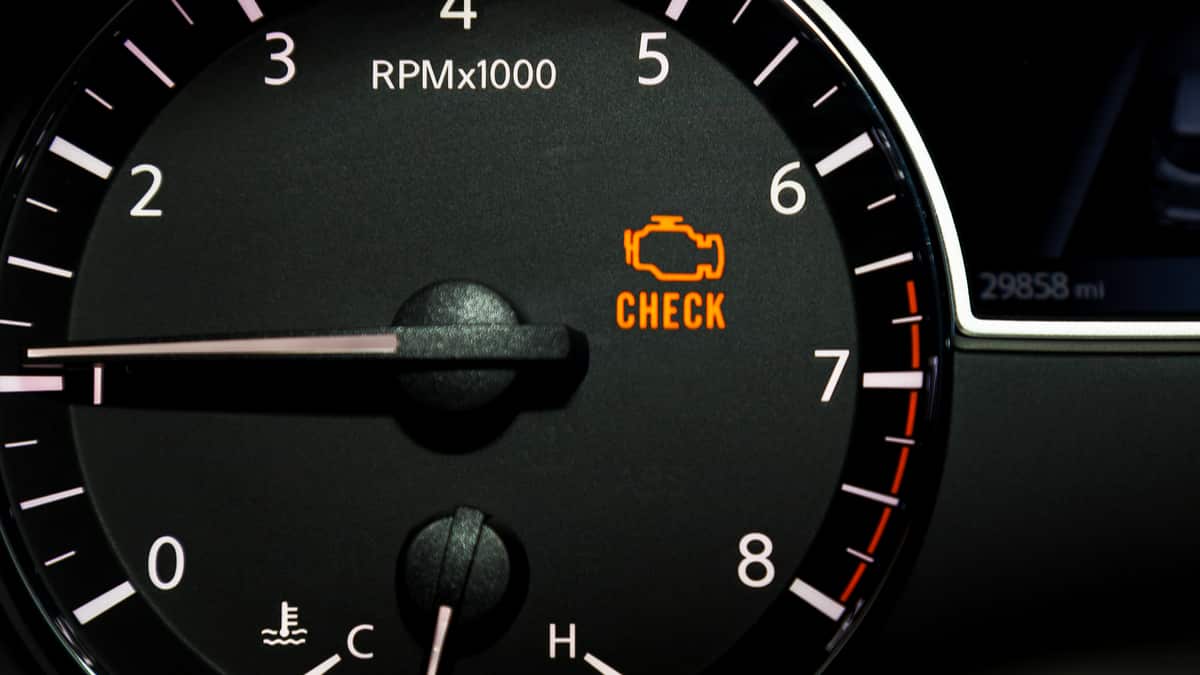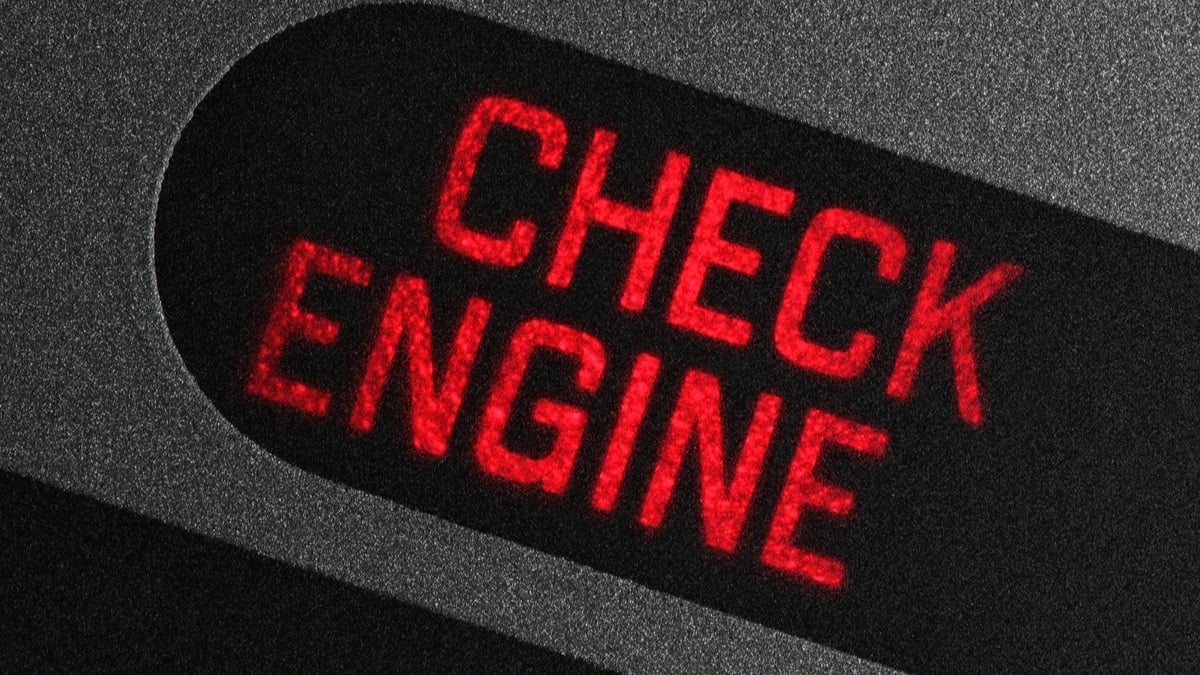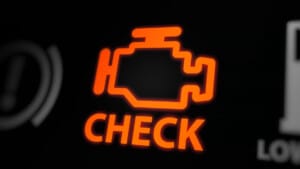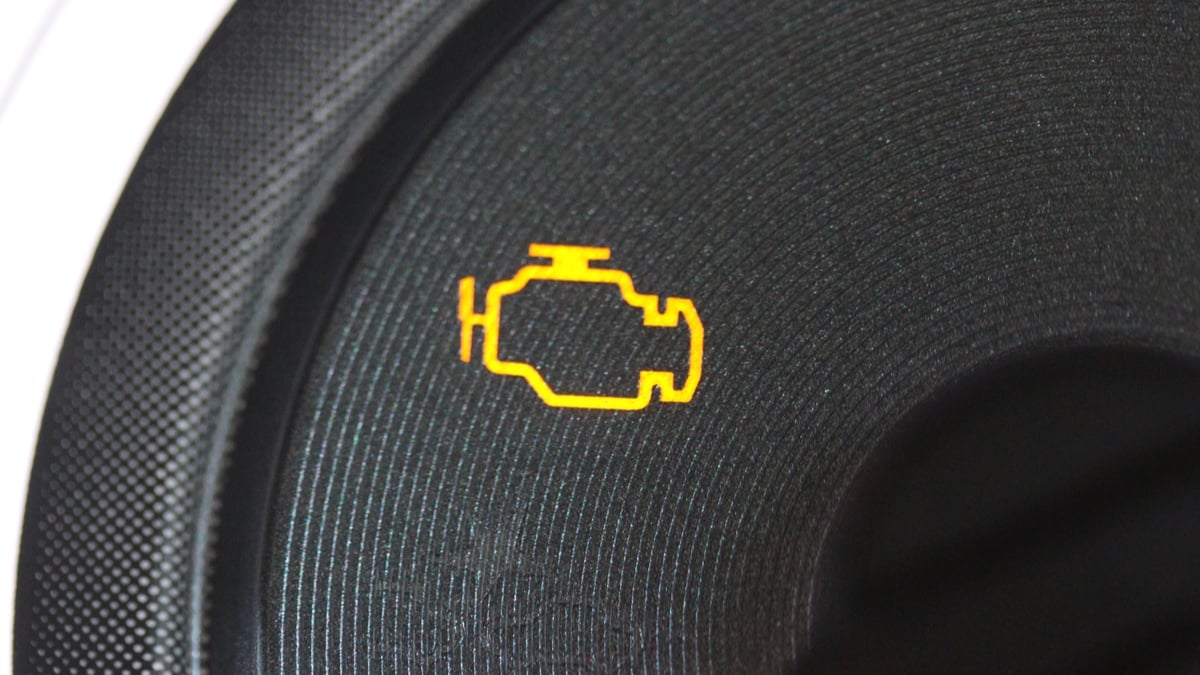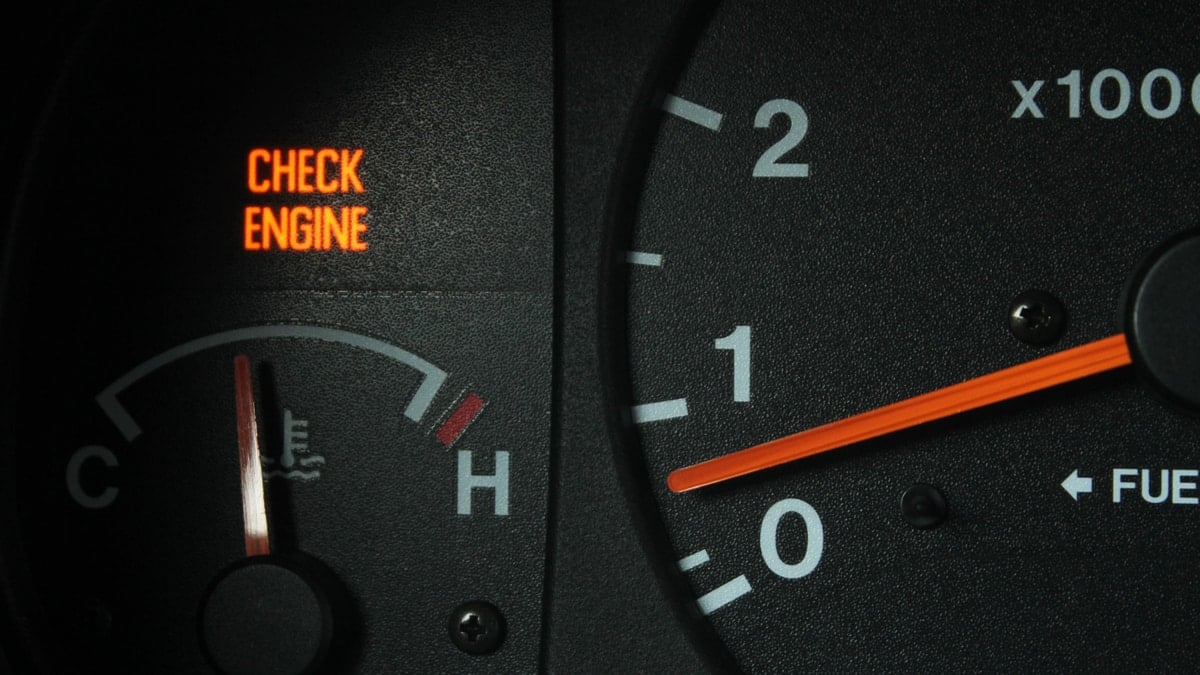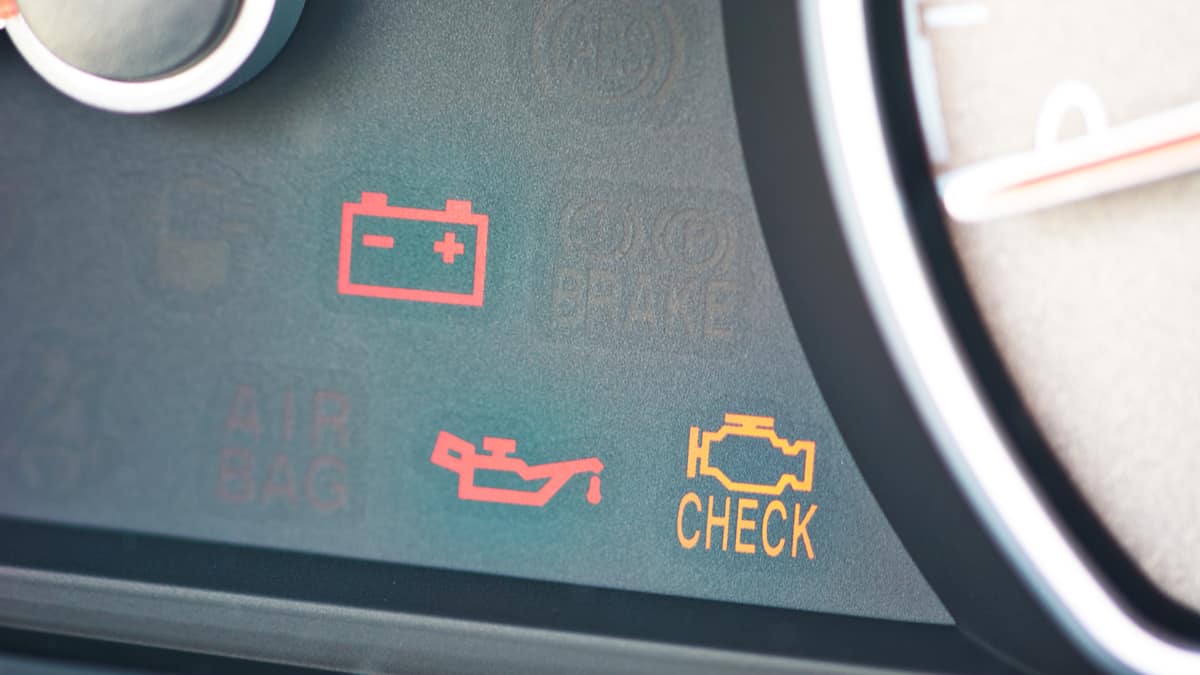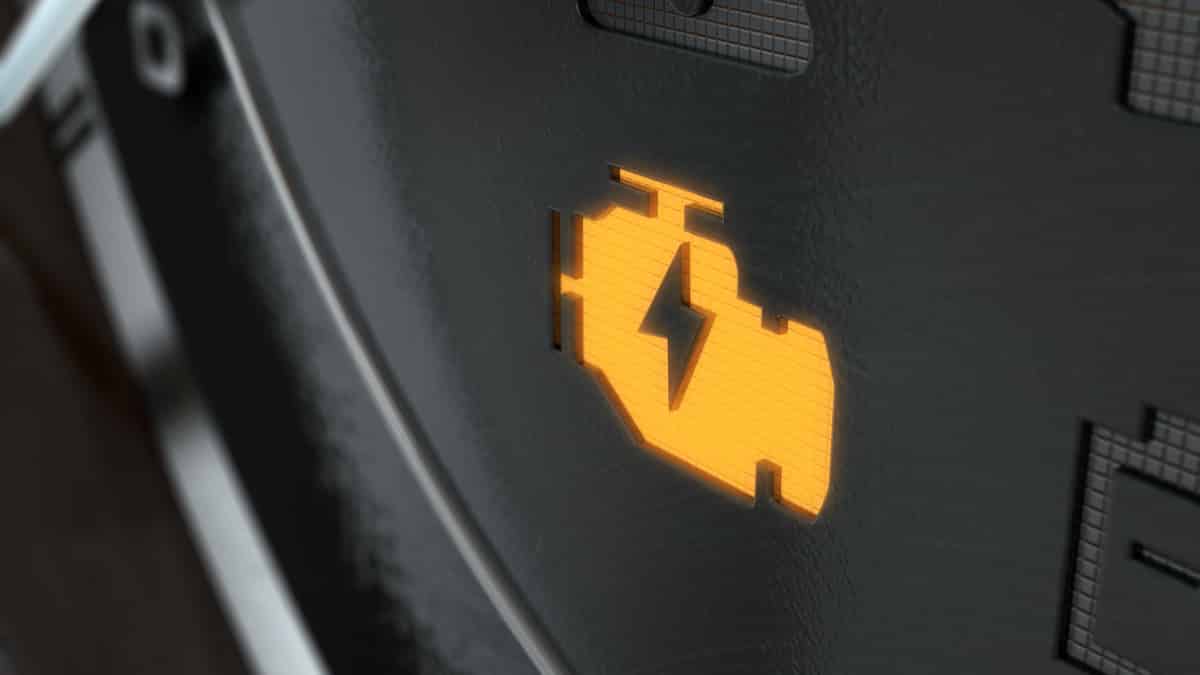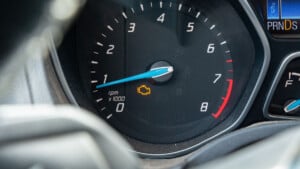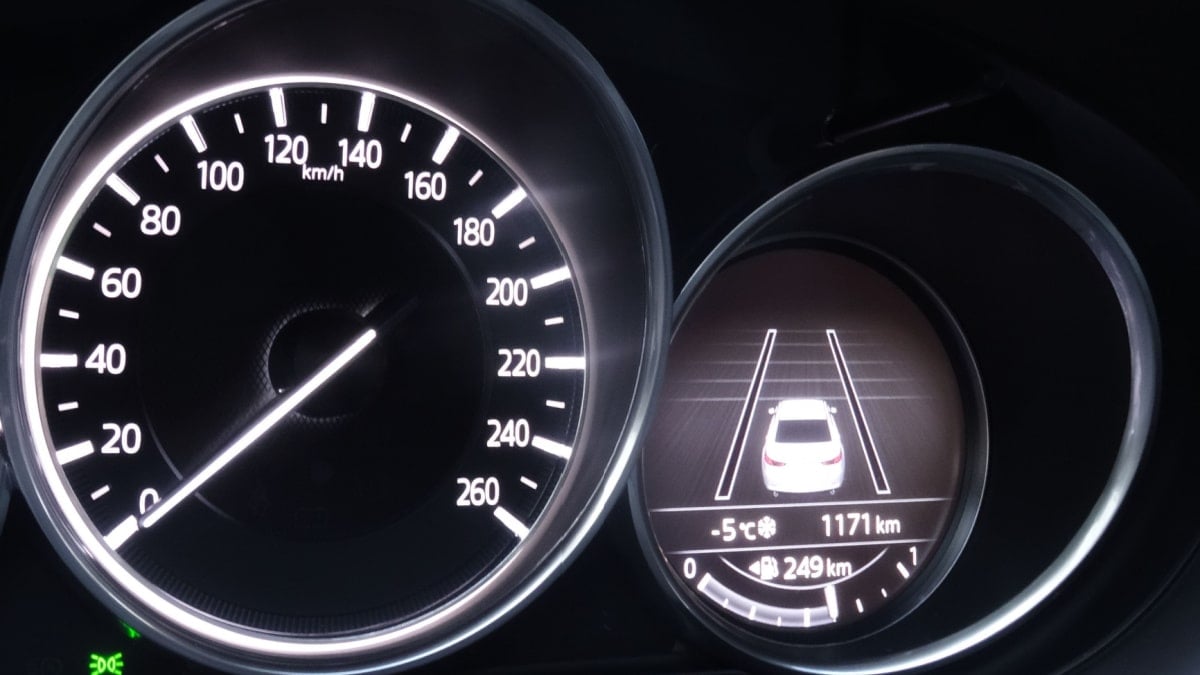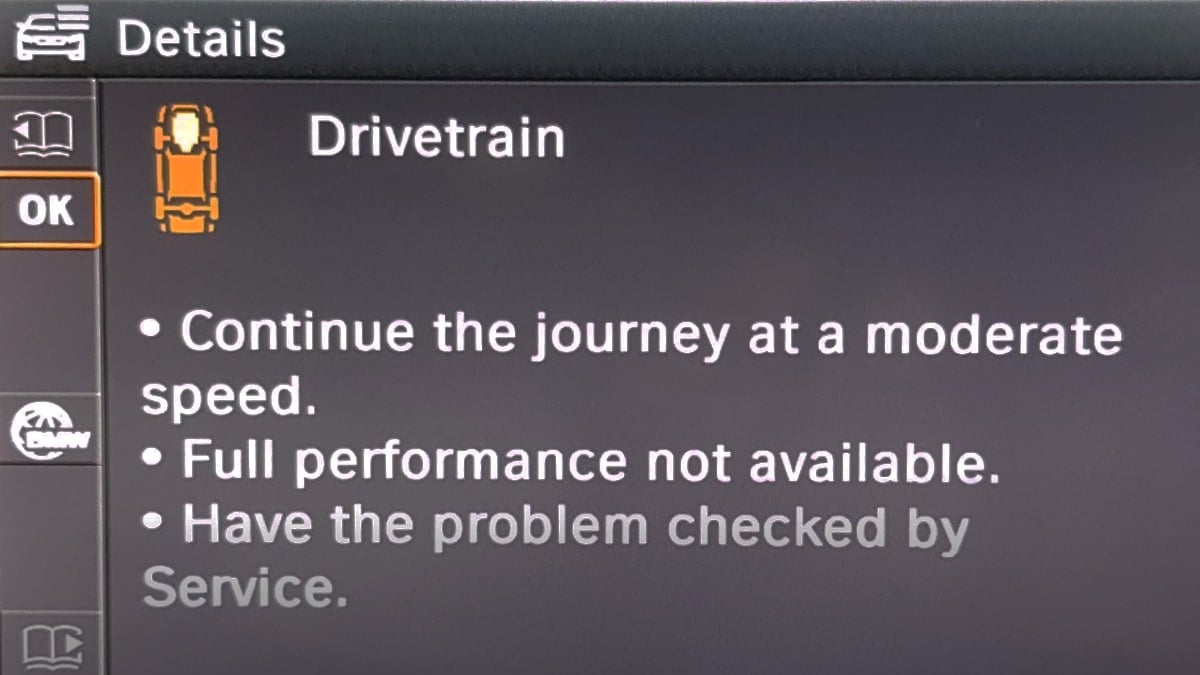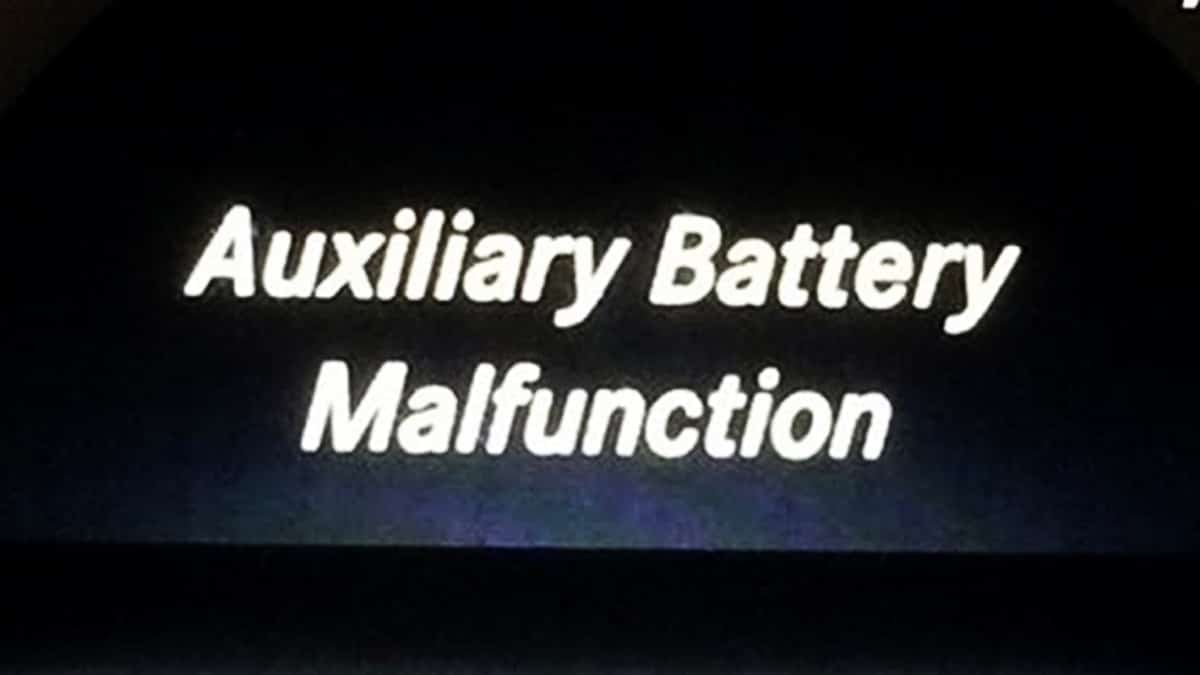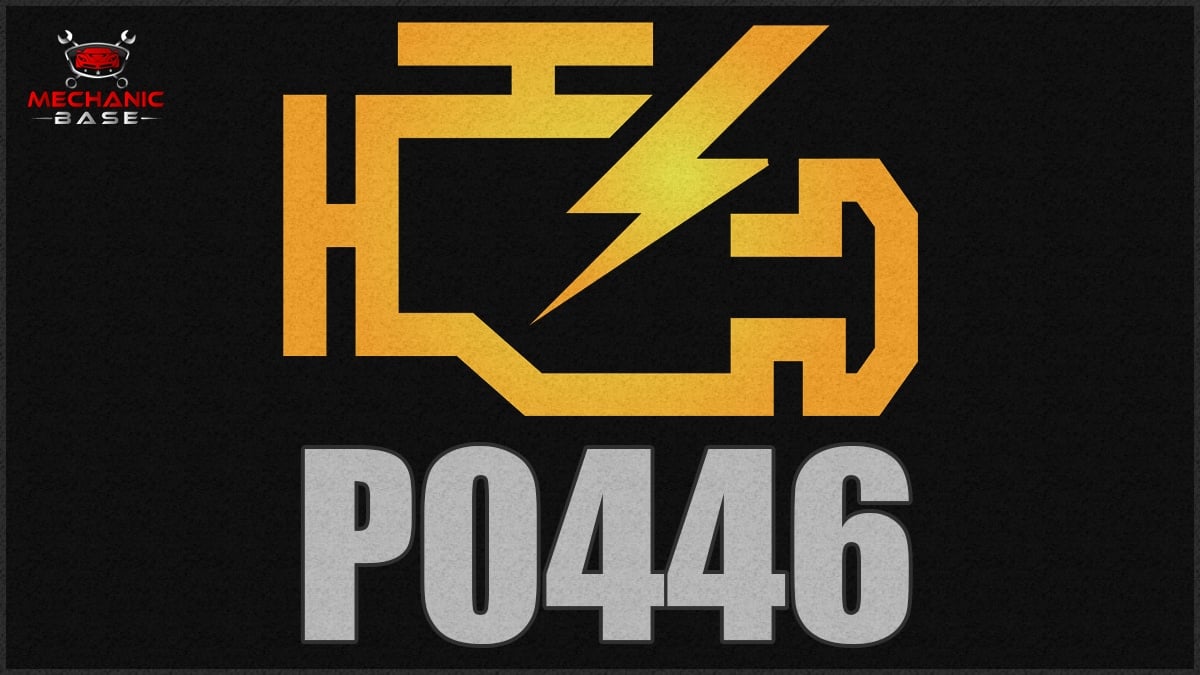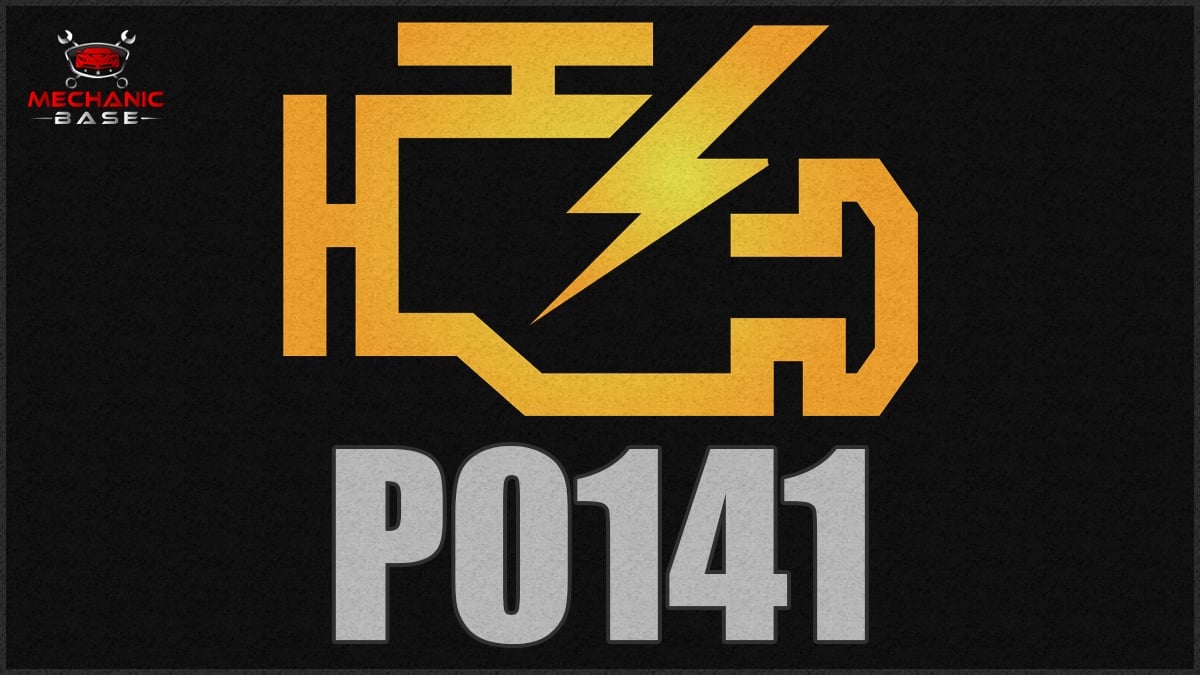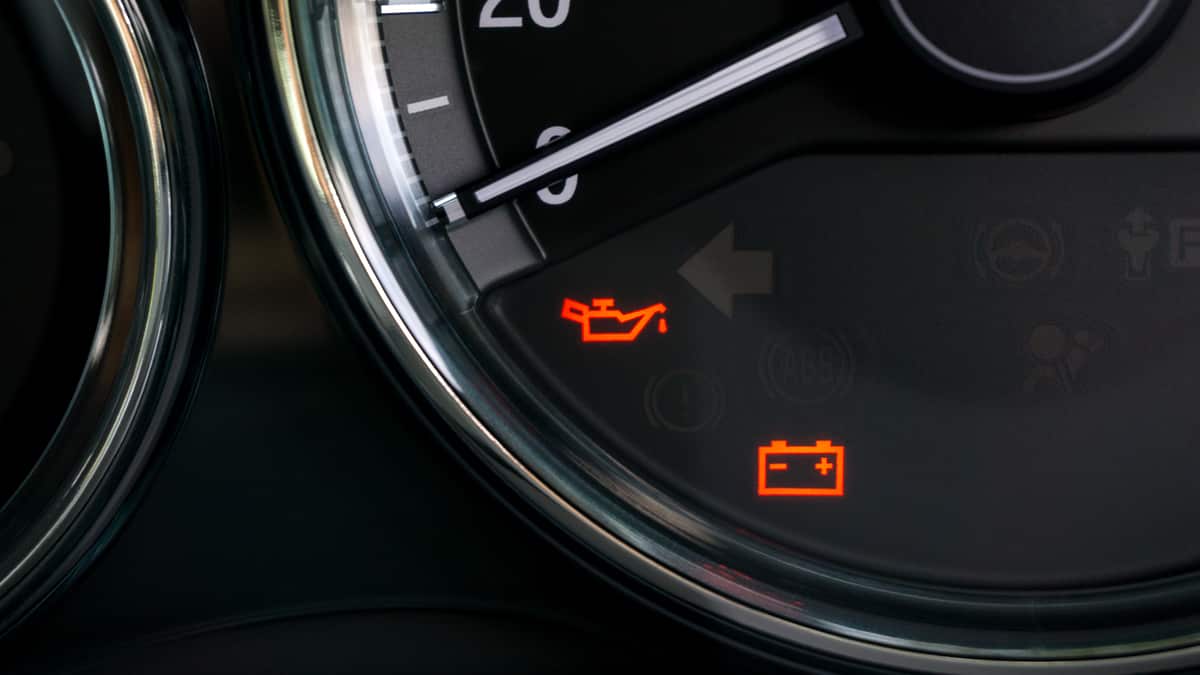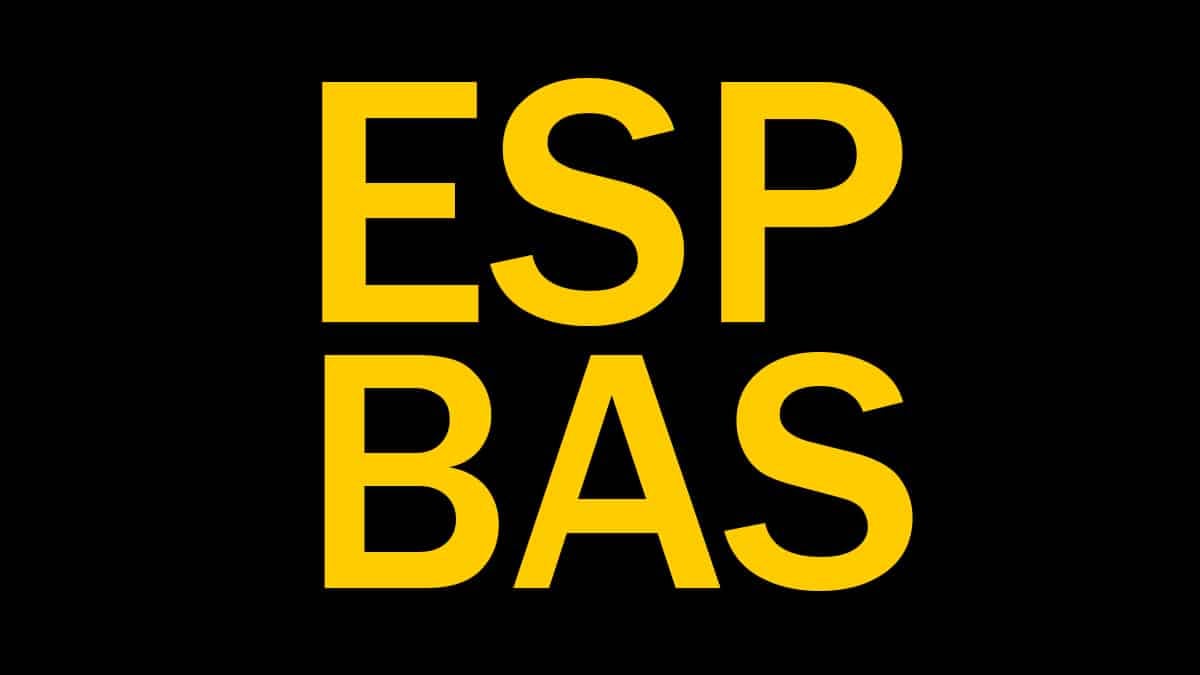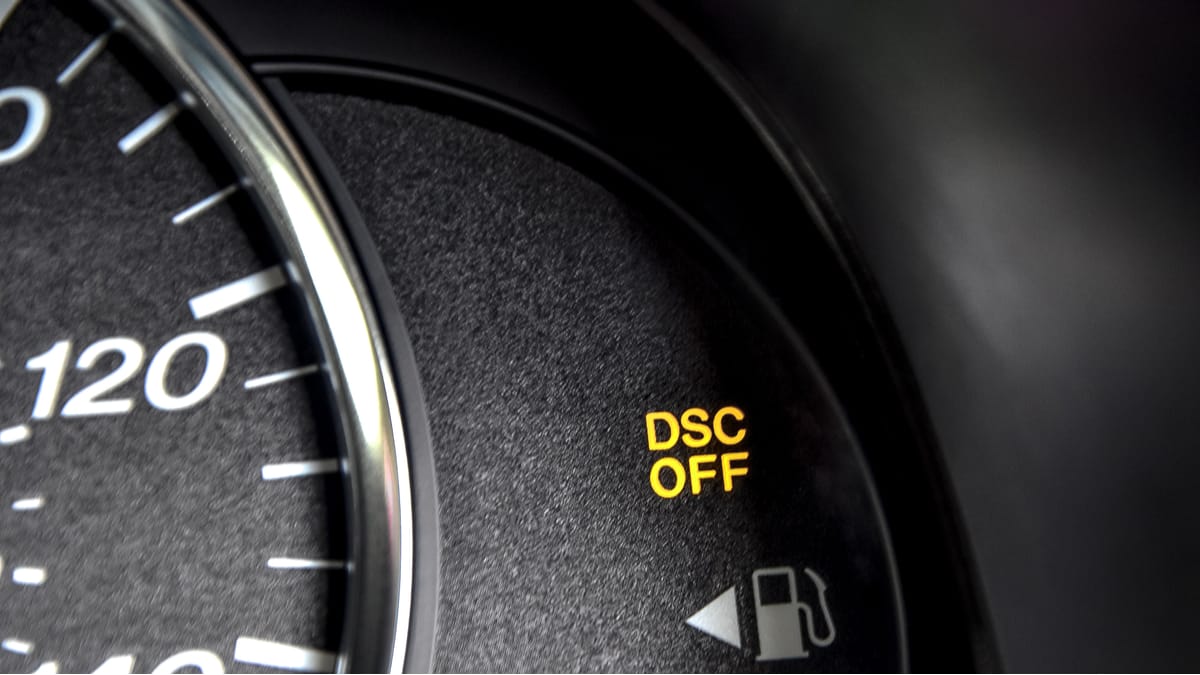As you drive down the road, there are numerous warning lights that could appear on your dash, none of which are good. However, the one that seems to cause the most alarm is the Malfunction Indicator Light (MIL). It’s important that you know what to do when the Malfunction Indicator Light Illuminates, so you can get back on the road with peace of mind.
In this guide, I cover the basics of the Malfunction Indicator Light. I also look at what your next steps should be when it comes on, and discuss some of the possible repair costs involved.
What is the Malfunction Indicator Light (MIL)?
The Malfunction Indicator Light or MIL is the technical name for the Check Engine Light. It’s a warning light that comes on the dashboard to tell you when there’s a system malfunction. It’s the ECU’s way of alerting you to potential trouble.
The light comes on after a series of checks to determine that something is operating outside of its parameters.
Sometimes, the Malfunction Indicator Light comes on because of something trivial, such as a loose gas cap. Other times, it points to something more serious, such as catalytic converter failure. Either way, the only way to decipher the trouble is with an OBDII code scanner.
What to Do When Malfunction Indicator Light (MIL) Illuminates
If the MIL is solid and consistent, you want to look for any signs of trouble. You should also have the diagnostic trouble codes (DTC) checked as soon as possible with an OBDII code scanner. If the Check Engine Light is blinking, pull the car over and don’t drive it until the diagnostics are complete.
1. Solid Light
If the Check Engine Light comes on and stays on, there could be multiple issues. However, the fault could be something obvious, such as leaving the gas cap off when you last filled it up. It’s wise to give your car a quick inspection to see if something noticeable is to blame. If so, you can correct the problem quickly and move on.
However, if you don’t spot an immediate issue, you will need to pay close attention to any other symptoms that are occurring. Do you notice any performance troubles? Are there any unusual smells or sounds? Is the car shaking or vibrating? All of these answers will help you get to the bottom of what’s happening.
It’s also wise to take note of any other lights that came on at the same time. With some faults, the issue will trigger multiple lights, which could help you narrow down where the problem is coming from. For example, if the Check Engine Light and Oil Pressure Light come on at the same time, you know the car is struggling with oil pressure. Fixing the other light first will help to turn off the Check Engine Light.
You will use this information in conjunction with whatever the DTC scanner reveals. Plug your OBDII code scanner into the port and read the engine codes. If there are too many to read, erase them and take the car for a test drive to reset the most recent. With these codes in hand, you can better determine where the fault lies, so you can fix it.
RELATED: 90 Car Dashboard Symbols, Warning Lights & Indicators – Meanings
2. Flashing Light
You should never treat a flashing Malfunction Indicator Lamp the same way you do when it comes on steadily. The flashing light is trying to get your attention, and you would be wise to listen. For starters, pull the car over in a safe location. You do not want to drive the vehicle with this light flashing, or more damage could occur.
If you have a code scanner, you can read the DTCs and determine the issue. Otherwise, you might need to have the vehicle towed to a repair shop for further help.
READ MORE: Check Engine Light Flashing? (Here’s What to Do)
How to Turn Off the Malfunction Indicator Light (MIL)
The Check Engine Light doesn’t turn itself off until the problem that triggered it is repaired. With some vehicles, the intermittent fault that occurred would have to be resolved for several trips before the light would go off on its own. Otherwise, you can clean the fault codes with your scan tool to reset the light.
READ MORE: Will the Check Engine light Reset Itself? (What if not?)
In older vehicles, you could disconnect the battery to clear out the memory and that would turn off the light. However, the Check Engine Light always comes back on if the problem isn’t repaired. Plus, pulling the battery can also cause some annoyances that aren’t worth dealing with.
Before you clear any codes, consider if that’s the best option. By clearing out older codes, you might lose valuable data that will help you troubleshoot the problem. If you need to monitor conditions for a certain amount of time to troubleshoot, erasing the codes could set you back a little. You might have to wait for new data before you can get the heart of what’s going on. Instead, you want to read through the old codes first and try to decipher what’s happening.
RELATED: How to Reset a Check Engine Light (5 Easy Methods)
The only way to turn off the Malfunction Indicator Light for good is to repair the problem. Once the fix is complete, you can reset the codes and the light shouldn’t come back on. If it does, you have to go back to the drawing board and start diagnostics once again.
Cost to Turn off Malfunction Indicator Lamp (MIL)
The cost to fix the Malfunctioning Indicator Lamp (MIL) depends on two important factors. First, the repair cost directly relates to what needs to be fixed. Secondly, your cost will change dramatically if you don’t have a code scanner and/or you need a professional to repair the problem.
For the sake of this article, let’s assume that you need to have a professional fix the Malfunctioning Indicator Lamp. Here are a few problems you might be dealing with and the approximate repair costs.
- Tighten or replace a loose or broken gas cap: $25-$75
- Replace malfunctioning oxygen sensor: $150-$450
- Replace damaged catalytic convert: $1,500-$3,500
- Replace spark plugs and ignition coils: $250-$450
- Replace ignition coils: $150-$450
- Replace thermostat: $200-$400
- Replace mass airflow sensor: $250-$450
- Replace fuel injector: $300-$750
- Replace evaporative emissions (EVAP) purge control valve: $110-$275
The repair cost also heavily depends upon what type of car you drive. If you are behind the wheel of a common vehicle, such as a Chevy or Dodge, your parts might not be as expensive as the luxury automobile, such as an Audi or Mercedes-Benz. You can also get just about any technician to work on your mainstream vehicles, where it could take a special mechanic to repair your BMW or other foreign import. For this reason, it’s difficult to give an accurate estimate of what the repair might cost.
One way you can save money is to visit a local auto parts store if you don’t have your own code scanner. For free, many of these locations will scan the computer and give you the codes. You will still need to do your own research to figure out what the problem is, but you will save money on diagnostics.
READ MORE: Check Engine Light Is On But No Codes – Causes & What to Do?
Categories: Warning Lights
